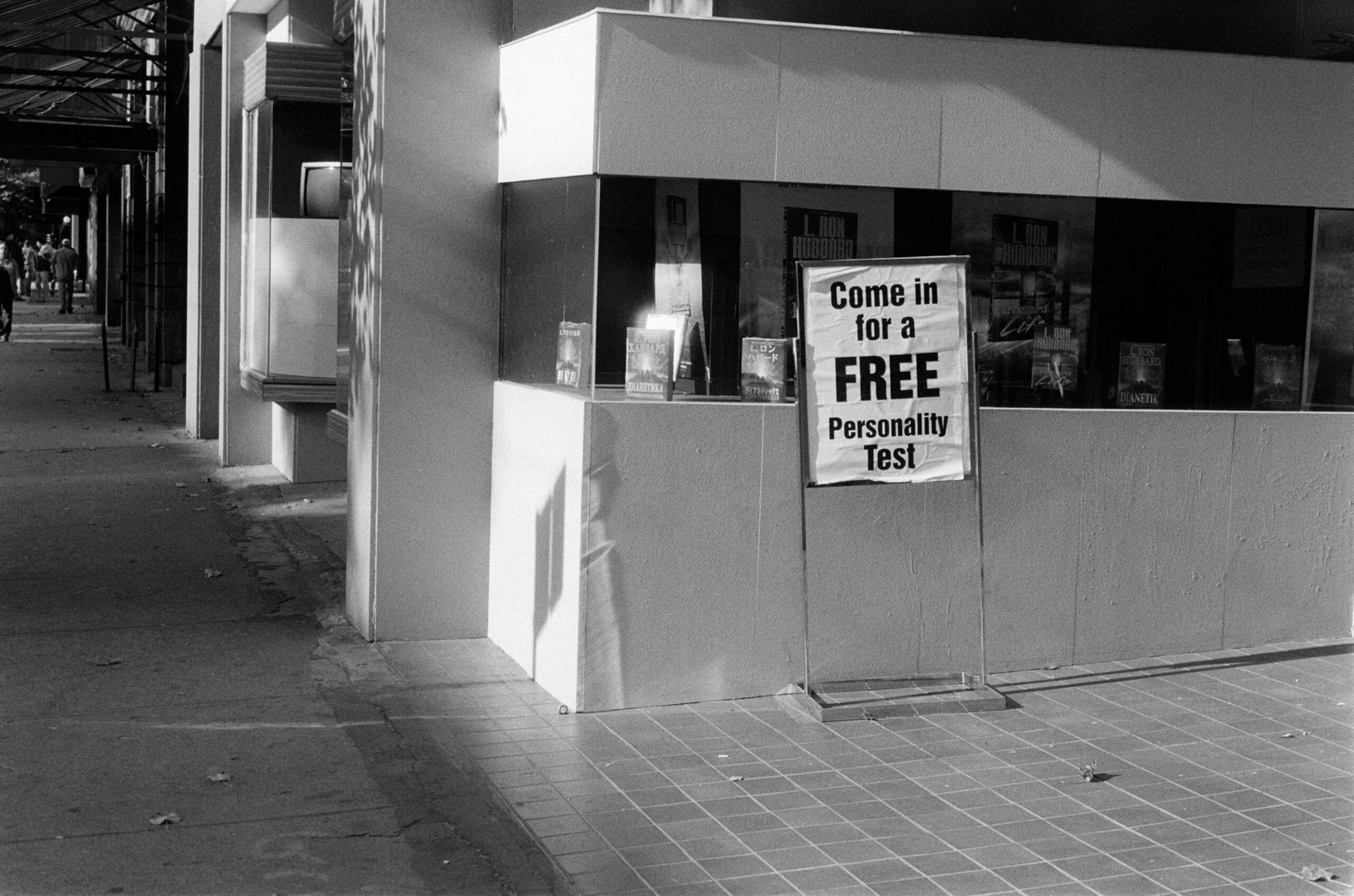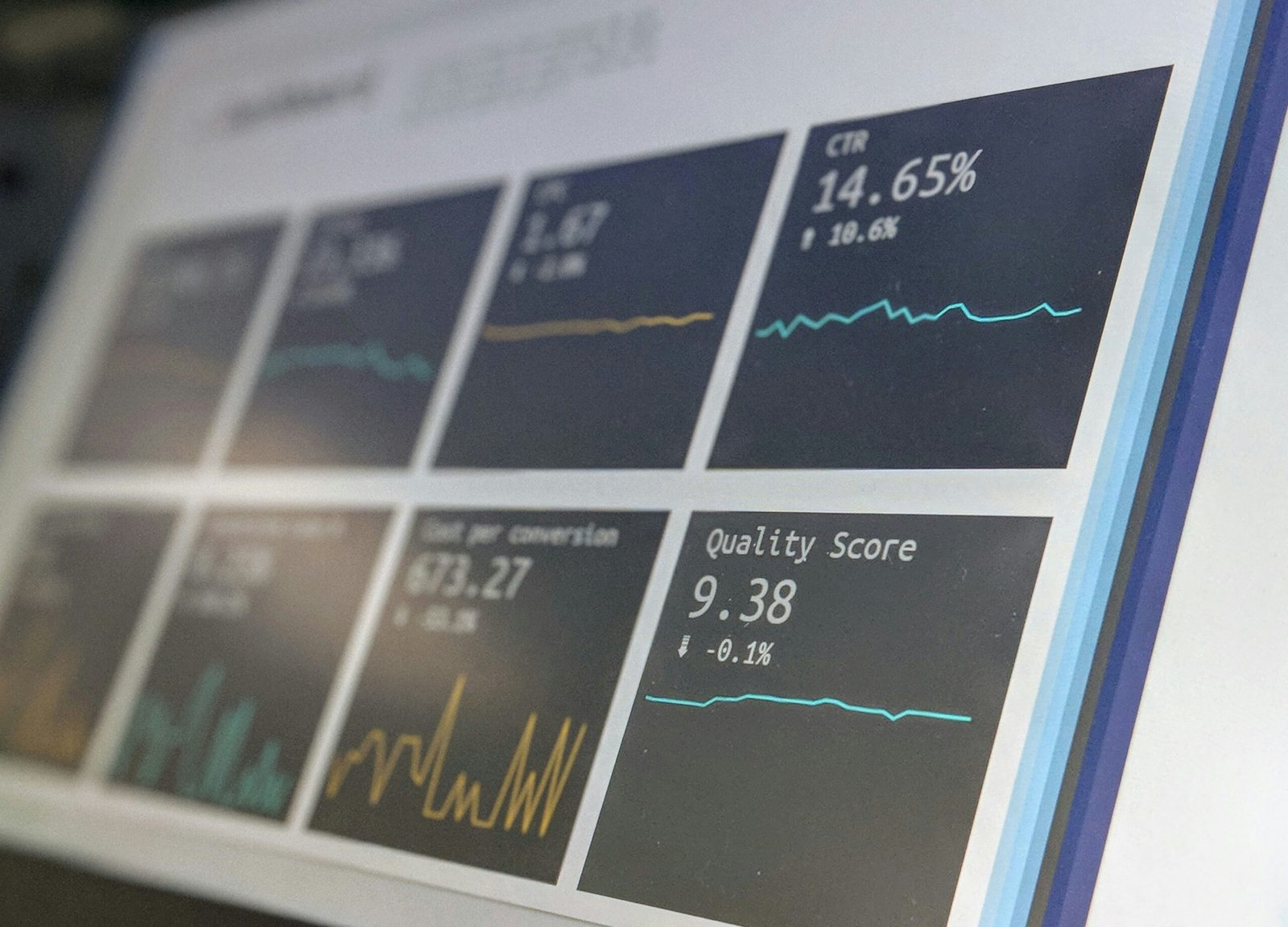Understanding the Myers-Briggs Personality Test
The Myers-Briggs Personality Test, designed by Isabel Briggs Myers and Katharine Cook Briggs, aims to categorize individuals into 16 distinct personality types based on preferences in four dichotomies: Introversion/Extraversion, Sensing/Intuition, Thinking/Feeling, and Judging/Perceiving. This test serves as a tool for self-discovery and personal growth, enabling individuals to understand their intrinsic preferences, strengths, and areas for development.
Purpose and Value in HR
For HR teams, the primary purpose of implementing the Myers-Briggs Personality Test is to enhance team dynamics and improve communication within the organization. By understanding the diverse personality types present, HR professionals can create teams that complement each other’s strengths while balancing weaknesses. This not only fosters a more cohesive work environment but also allows for better conflict resolution strategies tailored to individual personalities.
Use Cases for Organizations
Many organizations utilize the Myers-Briggs test in various practical ways, including recruitment, leadership development, and employee training. During recruitment, understanding potential candidates’ personality types helps in matching them to roles that suit their natural preferences, potentially leading to higher job satisfaction and retention rates. Moreover, organizations can leverage this information to develop tailored training programs that enhance personal development aligned with employees’ unique personality traits.
In conclusion, the Myers-Briggs Personality Test offers HR teams invaluable insights into personality frameworks that can enrich organizational culture, enhance collaboration, and promote personal growth. By embracing this tool, organizations can make informed decisions that drive success and satisfaction within their teams.







